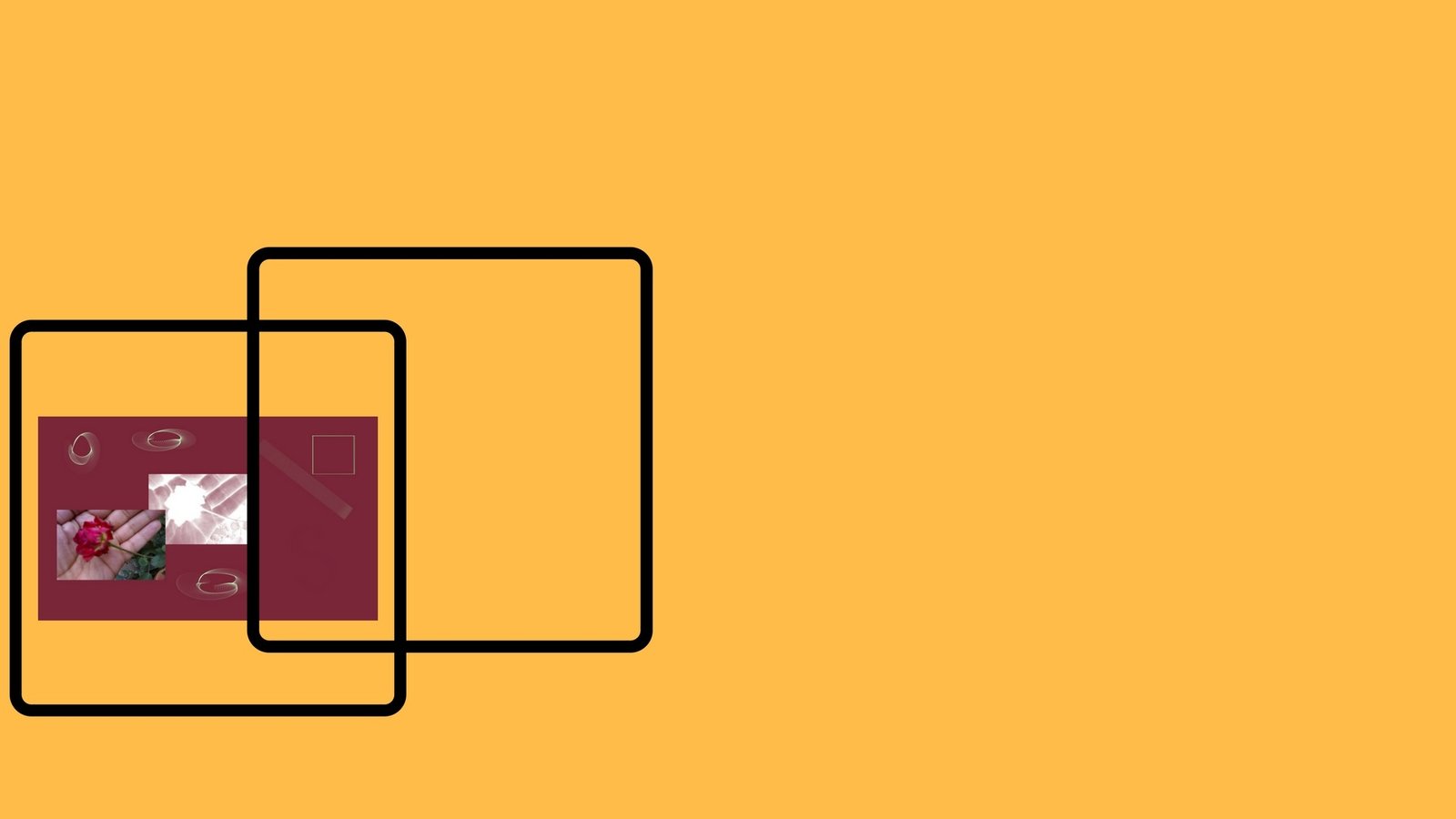Transparency has taken on a new meaning in our day. It is not only limited to what a person reveals online, but also how the revealed information is collected, inter-connected, and used to derive conclusions regarding that person. The ones doing all this work also need to show transparency, thereby revealing their motives and intentions in how they use public information for fulfilling corporate or political objectives.
There is an ongoing debate about the practices and business model of social networking companies like Facebook and of a company like Cambridge Analytica that might harvest the data inappropriately. Apart from the specific case of these two companies, other similar platforms and those who use the available data form part of a larger debate. It is ultimately an issue of human psychology, of ethics, and of what constitutes moral or immoral use of information. There is no doubt, these are issues, the more we think about them the more we seem to be less in control of what can be done. Unless there are practical solutions, all such discussions will continue to be in the realm of philosophy and contemplation. Nothing constructive could ever be done!
Depending upon which generation of people and which specific culture one seeks the opinion of, also in terms of the time of the question, there are differing opinions on the very existence of social networking itself. As social networking has become more deeply integrated into everyday life, more reluctant adult users also have come to accept the trend and become part of the social networking revolution. Several reasons are cited by Pew Research for why this has happened. The demonstrable evidence shows the obvious growth of these networks.
https://twitter.com/Snowden/status/975147858096742405
However, fears about how harvested information might be used have always existed. The threat from governments and corporations using public data for their own unique ends has come into public awareness, but it has not meant that people are boycotting these technologies en masse. The time for such a stance seems to have been left behind at a few years ago. Even though becoming a part of social networking may not be considered novel or generate much enthusiasm now, its transformation into a utility is considered acceptable. Logging into a website, getting targeted advertizing, leaving feedback on a specific product or service, sharing reviews or news about an incident or a person – all of this has come to be intertwined with the social networking phenomenon.
At this point, if we are to accept the continued existence of social networking as an ongoing part of our lives (barring some extreme natural or man-made events, of course), then there has to be consensus on using the information and the technology for constructive purposes. Maybe it would be considered beyond human ability. Why? Human nature comes in the way, and we may not see it possible for all this power to be put to good use without curtailing human rights and freedoms. Censorship would also be involved, and it cannot be denied.
How can transparency from companies like Cambridge Analytica be a tool for education and possible social change?
The reason CA’s name comes to the fore at present is because of its being in the current news. However, this could serve as an example for any such company that employs the study of Big Data and uses analytics to derive specific conclusions. CA does say out front, that it is using gathered information for behavioral microtargeting.

Of course, one mustn’t lose sight of the fact that other companies exist that work with a similar model. As the point was made in an earlier tweet, it is the clients that determine the purpose and intention behind any algorithms we create.
Transparency can and should be made possible by sharing with the particular user, what particular deductions have been made by a company about the person who is being profiled.
Most people post things and offer reactions in very specific ways, yet with innocence. People might not have shown much awareness over how their revealed information might be used by predators. And now we have come to be in a period of time when the youngest users of social networks no longer care if the information they share is misused, and that they themselves might be open to abuse by secret surveillance persons and companies. There is a kind of abuse which is open and overt. All onlookers can see such unruly, bad behavior. This is what Jack Dorsey’s thread seems to be addressing, in terms of creating a more wholesome environment.
However, the kind of prowling and secretive nature of using data to make specific judgments about a person’s values, choices, personality, and behavior is another level of possible abuse. Whether such information will or will not be used for abusive purposes is subjective and dependent upon the individual entity. The person about whom inferences have been drawn has the right to know what those are and how they were drawn. It might be that some of the conclusions are flexible and can be changed. Some of the conclusions may simply be wrong. Despite all these, there is the undeniable evidence of one thing: no matter how scientific or objective our methods might appear to be, human desires and objectives are the underlying forces that drive our actions and thoughts.
A case in point that has come to light now is:
https://twitter.com/kylegriffin1/status/976063303536357376
And yet, as this among other stories develops, we are going to find how specific individuals and groups will be focusing on what interests them in line with unspoken objectives. Still, transparency requires one and only thing:
“Conclusions based on the information provided by the public user…the user be told what those conclusions are!”
https://skditta.com/wp/2017/11/05/beliefs-response-external-information/
2018-03-23 T 07:02:17+00:00
Some afterthoughts added via a thread on Twitter:
https://twitter.com/SKDitta/status/976801305472708609

